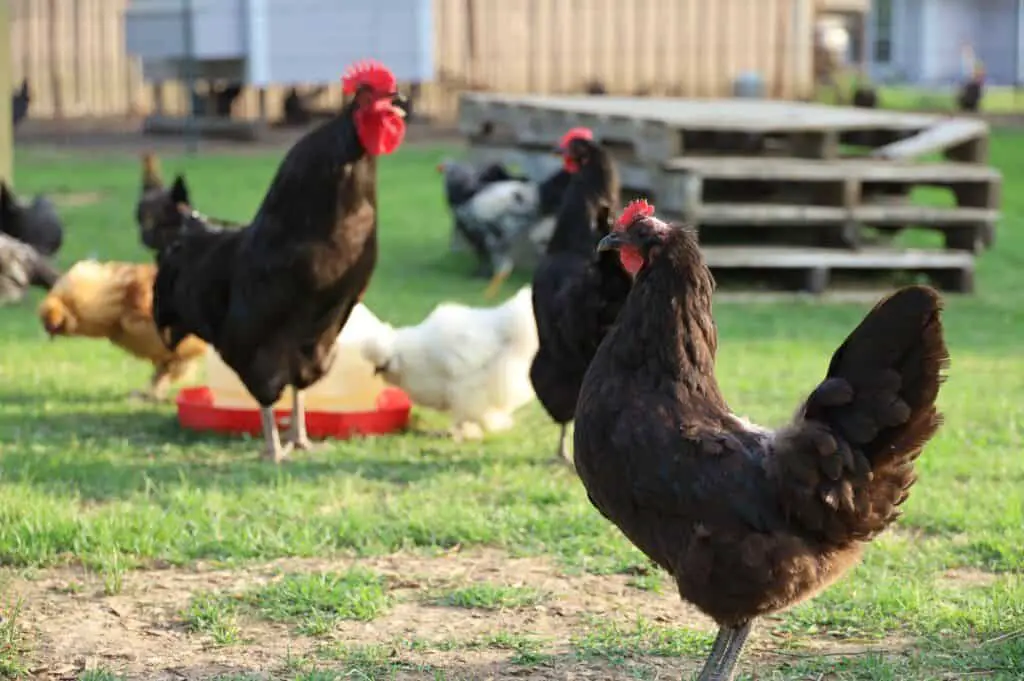In the modern world, many people are becoming more conscious of their environmental impact and are seeking ways to live sustainably. One such method is greywater recycling, a practice that offers both environmental and economic benefits. For those new to this concept, understanding the basics is essential. This guide aims to provide an overview of greywater recycling for beginners while highlighting its importance in promoting a sustainable lifestyle.

What is Greywater?
Greywater refers to the relatively clean wastewater that comes from household activities such as washing dishes, laundry, and bathing. Unlike blackwater, which contains sewage, greywater can be recycled for various uses, reducing the overall demand for fresh water.
Benefits of Greywater Recycling
The benefits of greywater recycling are numerous. Firstly, it helps conserve water, a precious resource in many parts of the world. By reusing water from sinks, showers, and washing machines, households can significantly reduce their water consumption. Additionally, greywater recycling can reduce the strain on sewage systems and lower utility bills.
Environmental Impact
The environmental impact of greywater recycling is profound. By reducing the demand for fresh water, it helps preserve natural ecosystems and reduces the energy required for water treatment and transportation.
Economic Advantages
From an economic perspective, greywater recycling can lead to substantial savings on water bills. Moreover, it can increase the lifespan of septic systems by reducing the volume of wastewater that needs to be treated.
How to Get Started with Greywater Recycling
For beginners, starting with greywater recycling can seem daunting, but it doesn’t have to be. Here are some simple steps to help you begin:
Understand Local Regulations
Before implementing a greywater recycling system, it’s crucial to understand the local regulations and guidelines. Some areas may have specific rules regarding the use of greywater, so ensure you comply with them.
Simple Greywater Systems
For those new to greywater recycling, starting with a simple system is advisable. Options such as laundry-to-landscape systems or gravity-fed systems are relatively easy to install and maintain.
Choosing the Right System
Choosing the right greywater system depends on your household’s needs and your budget. Research different systems and consult with professionals if necessary to find the best fit for your home.
Maintaining Your Greywater System
Proper maintenance is essential for the efficient operation of a greywater system. Regular checks and cleaning ensure that the system functions smoothly and safely.
Regular Inspections
Conduct regular inspections of your greywater system to detect any leaks or blockages. Early detection can prevent potential issues and prolong the system’s lifespan.
Cleaning and Repair
Regular cleaning of filters and pipes is necessary to maintain the efficiency of the system. If any repairs are needed, address them promptly to avoid further complications.
Integrating Greywater Recycling with Other Sustainable Practices
Greywater recycling can be effectively integrated with other sustainable practices to enhance your lifestyle. For instance, you can combine it with rainwater collection or solar energy to create a more comprehensive approach to sustainability.
Water-Saving Habits
Adopting water-saving habits, such as fixing leaks and using water-efficient appliances, complements greywater recycling and maximizes water conservation efforts.
Gardening and Irrigation
Greywater can be used for gardening and irrigation, promoting lush landscapes while conserving water. Ensure that the water is suitable for your plants and does not contain harmful chemicals.
Challenges and Considerations
While greywater recycling offers numerous benefits, there are also challenges and considerations to keep in mind. Understanding these can help you make informed decisions.
Potential Health Risks
If not managed properly, greywater can pose health risks. Ensure that your system is designed to minimize contact with greywater and avoid using it on edible plants.
System Costs
The initial setup cost of a greywater recycling system can be significant. However, the long-term savings and environmental benefits often outweigh the upfront investment.
Greywater Recycling Success Stories
Many households have successfully implemented greywater recycling systems, reaping the benefits of reduced water bills and a smaller ecological footprint. These stories demonstrate the potential of greywater recycling in promoting sustainable living.
Case Study: Urban Household
In an urban setting, one family reduced their water consumption by 30% by installing a simple laundry-to-landscape greywater system, highlighting the feasibility of greywater recycling for beginners.
Case Study: Rural Homestead
A rural homestead integrated greywater recycling with other sustainable practices such as root cellar storage, achieving a self-sufficient and eco-friendly lifestyle.
Conclusion
Greywater recycling is a practical and effective way to conserve water and promote sustainability. By understanding the basics and implementing simple systems, beginners can make a significant impact on their water usage and contribute to a healthier planet.

FAQs
Q: Is greywater safe for all plants?
A: Not all plants are suitable for greywater irrigation. Avoid using greywater on edible plants or those sensitive to chemicals found in soaps and detergents.
Q: Can I install a greywater system myself?
A: While some simple systems can be installed by homeowners, it’s advisable to consult with professionals to ensure compliance with local regulations and proper installation.
Q: How much can I save by using greywater?
A: Savings vary depending on the system size and household water usage. Some households report up to a 50% reduction in water bills.
For more insights on sustainable living, check out this beginner’s guide to homesteading.




